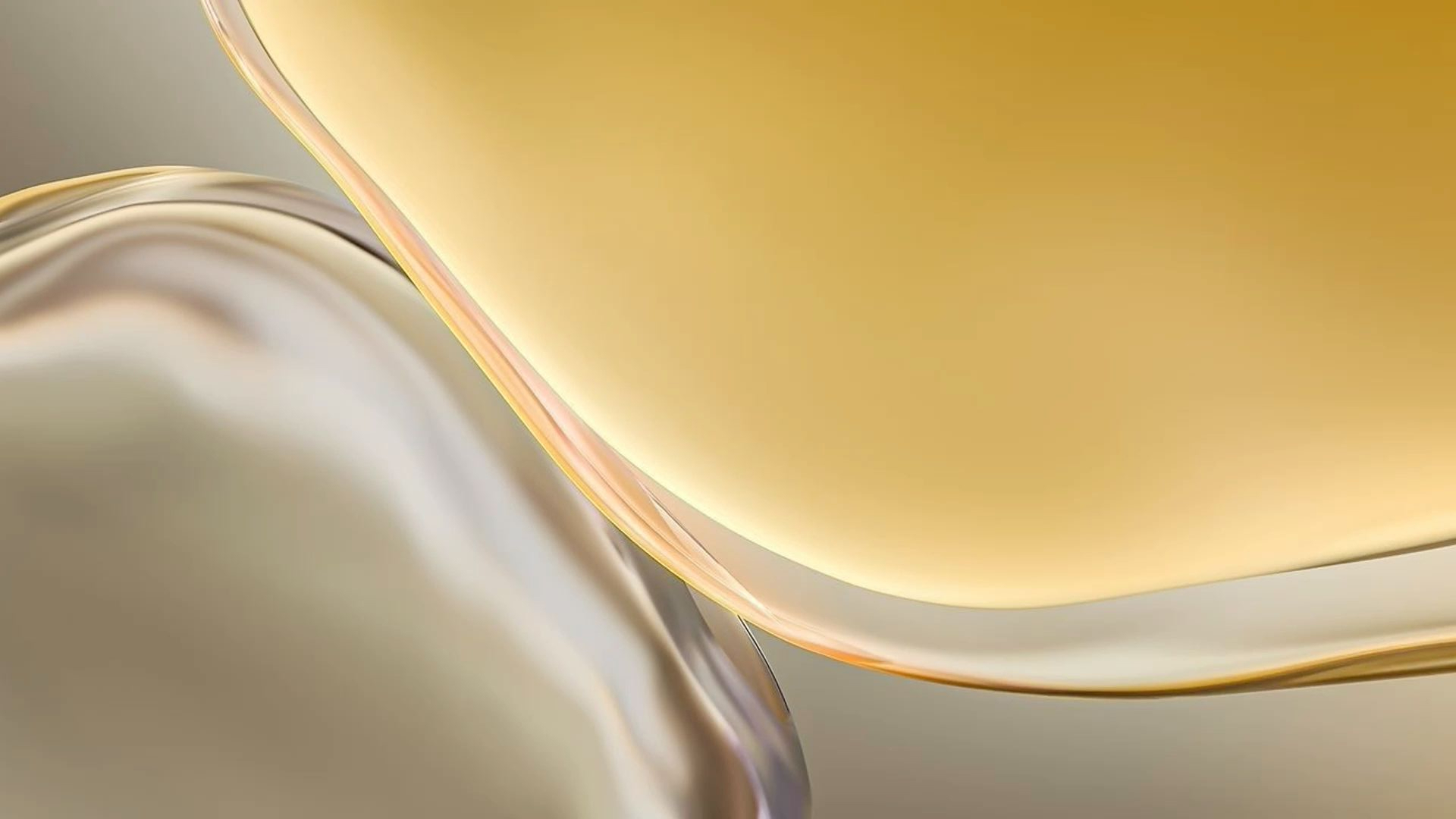L-ascorbic acid (L-AA), or pure Vitamin C, has long been recognized as a gold-standard antioxidant in dermatology, possessing multifunctional benefits including the stimulation of collagen synthesis, potent antioxidant activity, and inhibition of melanogenesis. Despite this clinical potential, the efficacy of topically applied L-AA is severely hampered by its inherent physicochemical limitations: low transdermal absorption and profound chemical instability. This essay aims to analyze the transdermal delivery barriers of L-AA and to elucidate the prodrug mechanism of 3-O-ethyl ascorbic acid (EVC) as a chemical modification strategy to overcome these constraints.
The principal barrier impeding the transdermal absorption of L-AA is the stratum corneum, the outermost layer of the skin. The stratum corneum forms a hydrophobic matrix structure, rich in intercellular lipids, which physically controls the permeation of exogenous substances. In contrast, L-AA is a hydrophilic molecule containing multiple hydroxyl groups, and it readily ionizes to carry a negative charge under physiological pH conditions (approx. 5.5). This high polarity and hydrophilicity result in a markedly low partition coefficient with the hydrophobic stratum corneum, fundamentally hindering the efficient passage of L-AA across this barrier.
Furthermore, L-AA is structurally unstable and rapidly oxidizes in aqueous solutions upon exposure to dissolved oxygen, metal ions, or light, leading to its inactivation into species such as dehydroascorbic acid. This necessitates formulation at a pH below 3.5 to maintain stability, a condition that is often associated with the adverse effect of skin irritation. Consequently, a significant fraction of L-AA is at risk of degradation before it can be absorbed, severely restricting the delivery of the intact, active compound to the deeper layers of the skin.
To surmount these limitations, various derivatization strategies have been explored, with EVC emerging as a leading example that exhibits exceptional stability and enhanced skin permeability. EVC is an ether derivative of L-AA, in which the hydroxyl group at the C3 position is substituted with an ethyl group (-CH2CH3). This structural modification fundamentally alters the molecule’s physicochemical properties. Firstly, by protecting the highly reactive C3 hydroxyl site, it confers maximal resistance to oxidation, ensuring superior stability within the formulation.


Secondly, the introduction of the nonpolar ethyl group increases the overall lipophilicity of the molecule. This is a critical factor that facilitates interaction with the lipid matrix of the stratum corneum, thereby significantly enhancing its permeation rate. In effect, EVC acquires amphiphilic characteristics—a balance of hydrophilic and lipophilic properties—allowing it to efficiently traverse the stratum corneum barrier that the purely hydrophilic L-AA molecule could not overcome.
The most sophisticated mechanism of EVC lies in its bioactivation as a prodrug within the skin. A prodrug is a compound that is pharmacologically inactive but is converted into an active drug through metabolic processes in the body. EVC faithfully follows this strategy. Upon permeating the stratum corneum and reaching the viable epidermis and dermis, EVC undergoes enzymatic hydrolysis, a process wherein the ethyl ether bond is cleaved by enzymes present in the skin.
Through this enzymatic cleavage, the protective ethyl group is removed, finally releasing the active metabolite, L-ascorbic acid, in the vicinity of the target cells. This mechanism functions as a targeted release system, safely transporting L-AA through the hostile external environment to the target site and then activating it precisely where needed. This allows for a sufficient concentration of active L-AA to be achieved in the dermis to perform its biological functions—collagen synthesis and antioxidant activity—while minimizing irritation on the skin surface.
In conclusion, EVC represents an intelligent prodrug that solves the critical challenges of low stability and poor skin permeability that have hindered the clinical application of L-AA. Through precise molecular modification to achieve an optimal physicochemical profile for transdermal delivery, and subsequent conversion to its active form via an enzymatic mechanism within the skin, EVC provides an advanced strategy for delivering the dermatological benefits of Vitamin C safely and effectively, without irritation.



